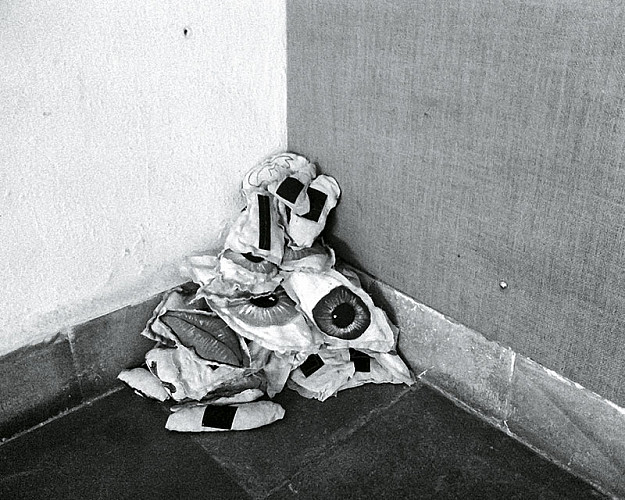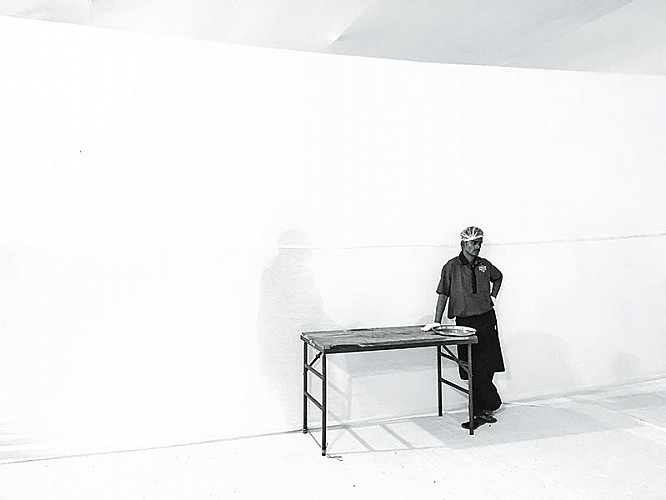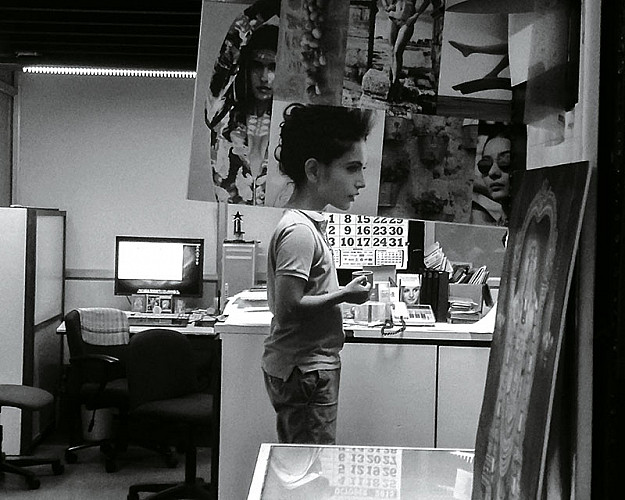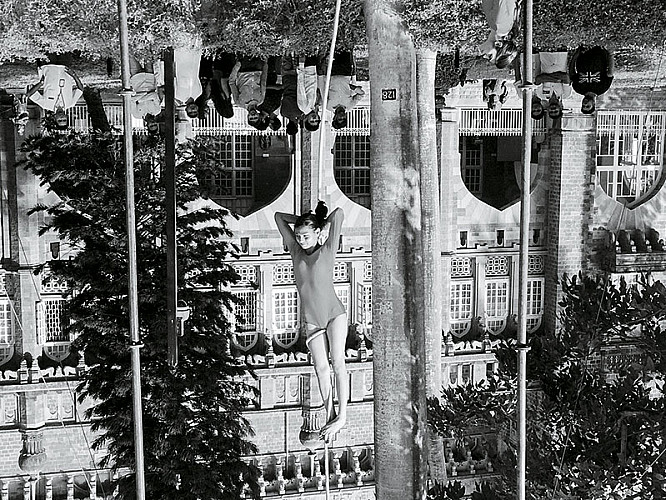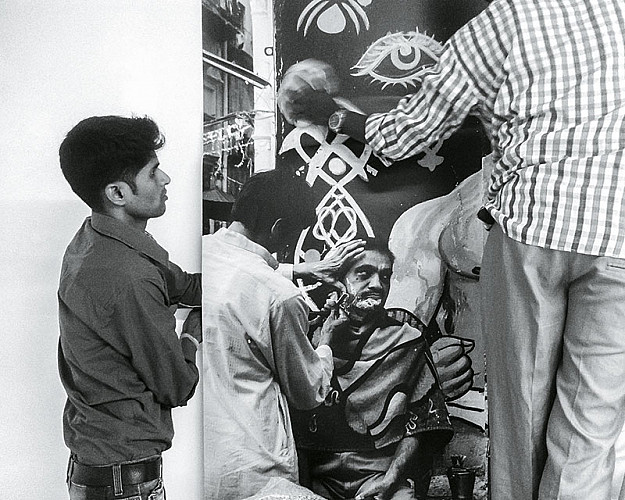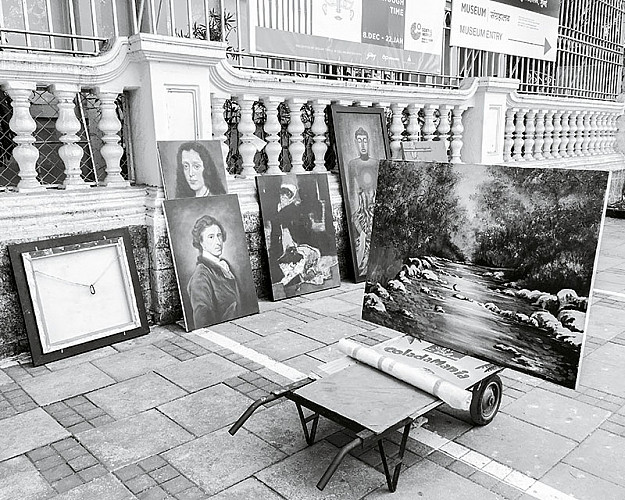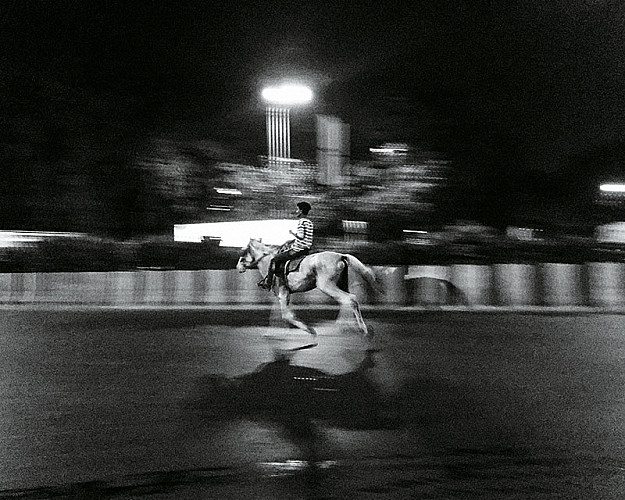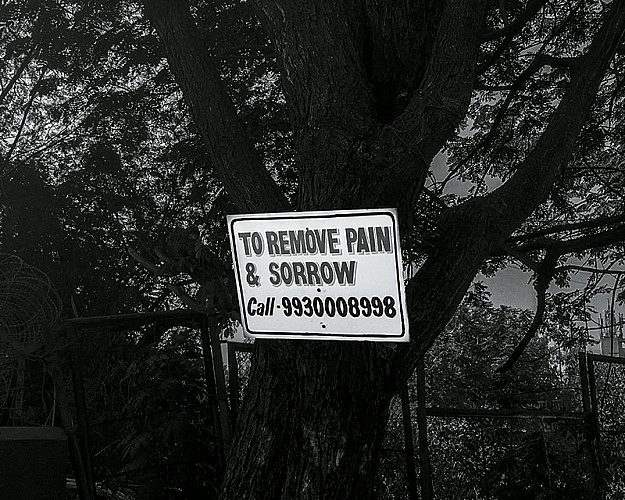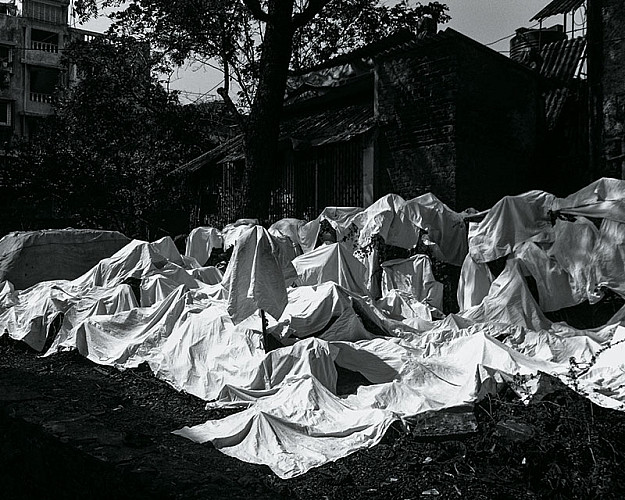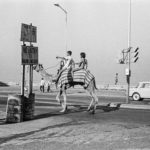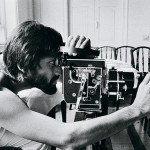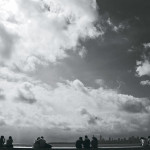Call Of The City: Capturing Mumbai In Photographs
A veritable melting pot, Mumbai is a showcase of variegated cultures, emotions, peoples and movements. Drawing from its surreal energy and signage, Philippe Calia gives glimpses of his relationship with the multifaceted metropolis
What was your first impression of Mumbai?
The day I set foot in the city for the very first time in 2011, friends picked me up from the airport. We were soon riding at full speed on some bumpy highway, with me staring through the window at the unfolding of the metro. What caught my attention then were not the rows of high-rises as much as the palm trees in between — they gave some sort of tropical quality to this sea of concrete, which was unfamiliar to me. Without being aware of it, I was already confronted by some defining traits of the city: its frantic pace, its inherent tension between nature and culture and, of course, its structural and infamous north-south axis.
Could you describe what moving to Mumbai has been like for you?
Initially, I did not know how to navigate in this urban chaos and even less how to capture it photographically. It was as if this place was completely hermetic, impervious to any external element. However, once you understand the ebb and flow of the city, you start being able to operate. For me, it was like taming a wild animal… a process which made me grow, by letting me get out of my comfort zone, and gauge my limits and capacity to adapt.
Would you describe the city as a melting pot of cultures?
To me, the form that defines this city best is the one of collage. It applies to many things, from the juxtaposed sheets of blue and orange tarps to the Portuguese style gaothan houses adjacent to prime new tower buildings. This city embodies a very strong cosmopolitan ideal but its history is also dotted with episodes of terrible exclusion and violence between communities. In our day-to-day lives in this city, we keep navigating between these two poles.
Why did you opt to view Mumbai through the filter of signage?
My earlier work, shot in Paris and London, depicted a sort of fictive European city which slowly dissipated into the night. In a way, I tend to personify cities and endow them with human attributes, like a desire for expression or a subconscious. The signs and arrangements of shapes and objects help me capture that latent energy.
What would you say makes Mumbai what it is?
I would instinctively say that it is the sea. Because of the kolis, the original seven islands, the subsequent reclamation projects…but above all because of this feeling that seizes me occasionally when I am in a cab, nearing the sea link or driving through Marine Drive — it is a feeling of awe in front of this inspiring monster. The sea offers the same horizon to everyone, a capacity for all of us to breathe, a little bit of respite; and its shores offer a gentle bed for all our encounters and daydreams.
These photographs are documents, part of Philippe Calia’s artistic research. His work can be seen at www.philippecalia.com
Related posts from Verve:
Verve Trending
Sorry. No data so far.
us on Facebook to stay updated with the latest trends

